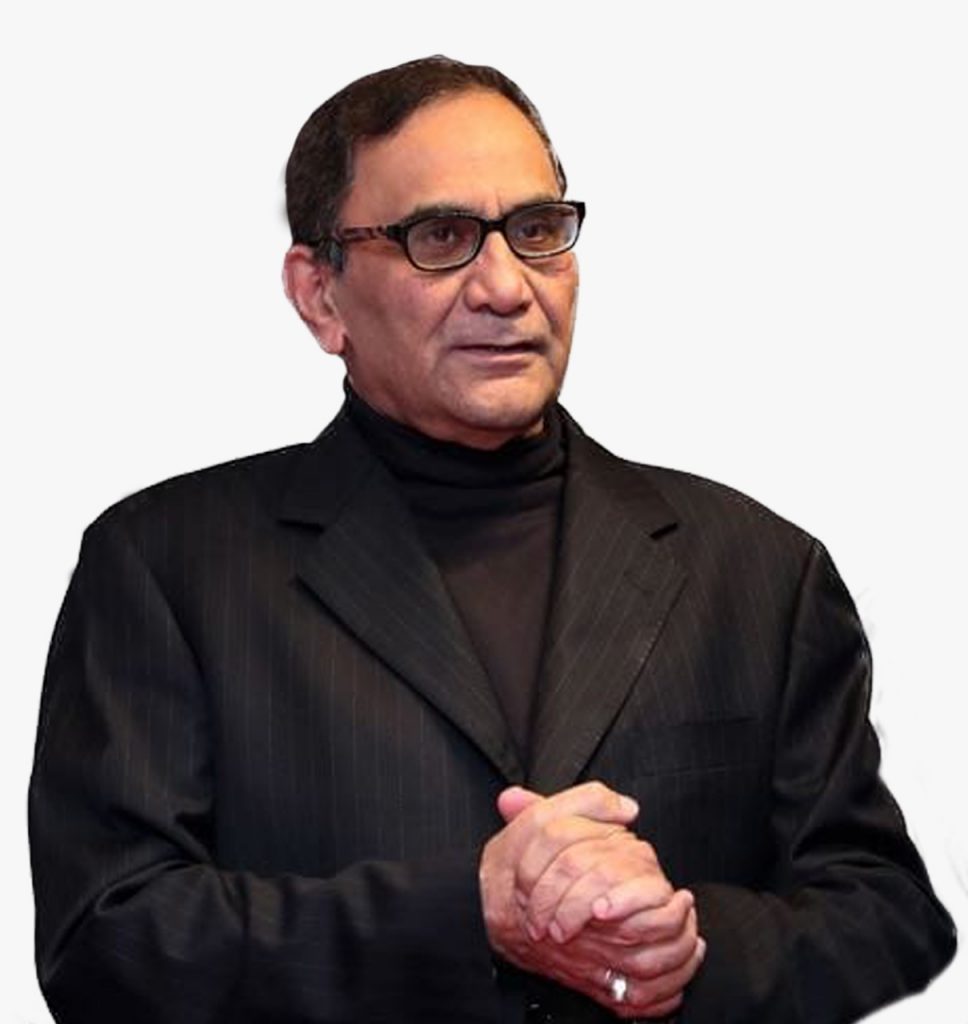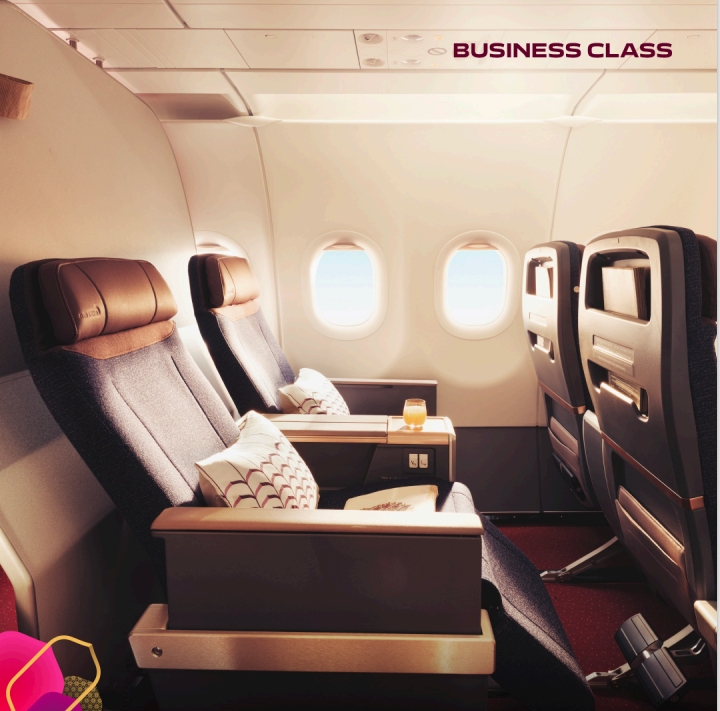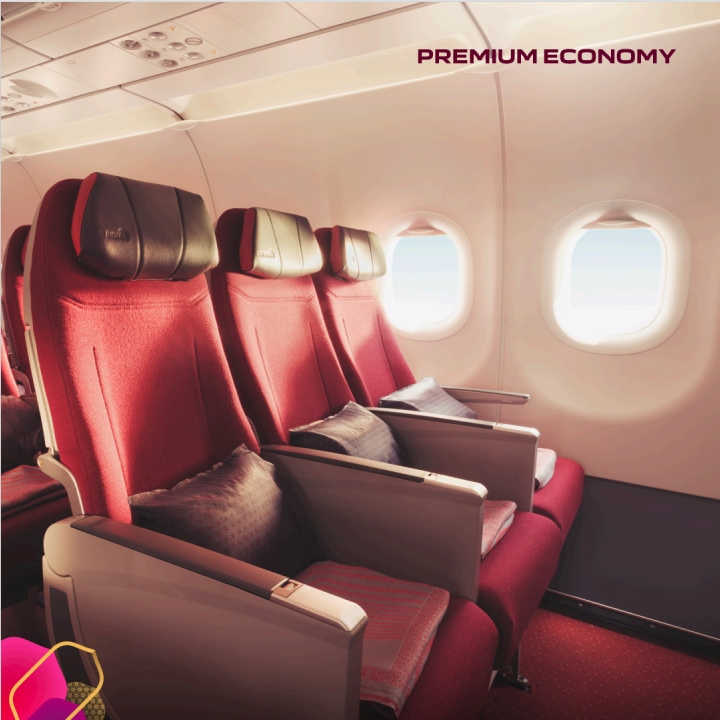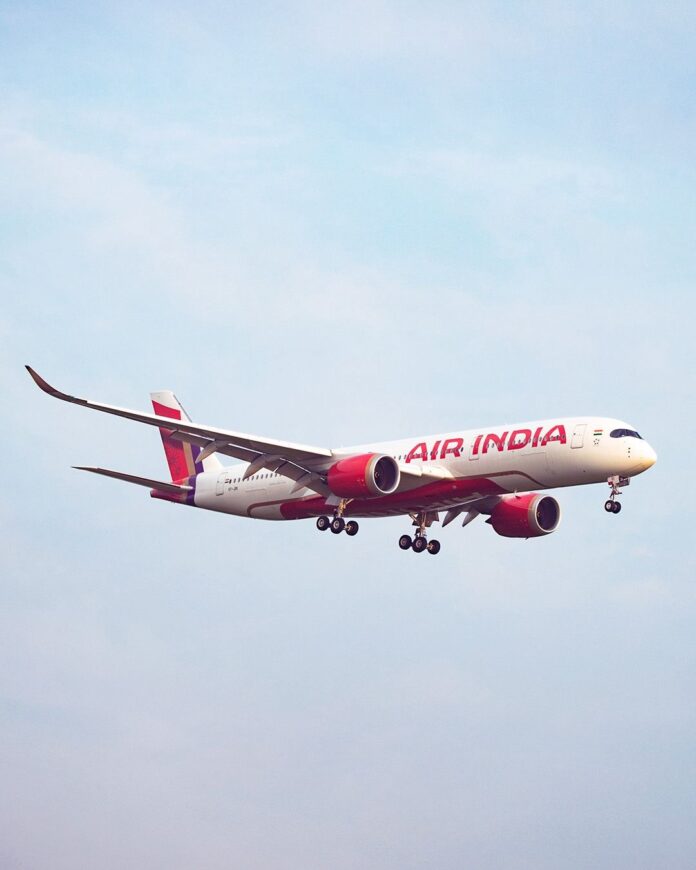By Bikram Vohra

I am not privy to the goings on at Nariman Point but it is possible that Air India’s top management was hoping to slide past the shabbiness of the fleet Tata’s inherited with a little bit of camouflage and some band-aids. But it has not worked and the criticism on social media has been considerable, some days ago Air India was compelled to refund $6300 to a passenger flying from Chicago to Delhi after he put up a video and commented on how poor his first-class seat was and how nothing worked besides underscoring how dirty the area was. This must have stung the airline and made them realize that two or three A350s being pressed into service cannot provide enough cover for the fleet which is in a pretty sorry state.
That the other first-class seats on this aircraft couldn’t have been much better. It was probably a relief that other passengers haven’t demanded their money back. This is a very rare step in compensation since airlines usually offer free flights and are chary about returning money. There has been a lot of speculation about why the Air India experience is no longer commensurate with the expectations. Complaints of bad food, poor service, an absence of onboard amenities and of course, a fair bet that the IFE system will not work, have detracted even from the most patriotic Indian flyer’s choice of airline.

One passenger wrote Every time we have to fly out of North America, we avoid Air India at all costs and try to take the Middle Eastern carriers. If we do somehow end up with Air India, it’s stinky, the air attendants are hostile, and the service and food are horrible. Why is it always so bad?
While a fair amount of blame can be placed on the aging fleet there is an attitude problem. Tatas, in all fairness, inherited an airline in which pride had been trampled like a worm in the dust. That bureaucratic attitude in ground and air crew is still prevalent and recent strikes and protests have only added to the casual indifference. It is now a chore and no longer do the rank and file see themselves as ambassadors in the sky.
For those who were guests of the Maharajah in the seventies and enjoyed a class A travel experience the 747 early years arguably set the standard for commercial travel across the globe. Air India was it.

It is very difficult to reconcile that trendsetting level with the current dreariness. Faded seats, a certain fusty musty tiredness exacerbated by nothing to do on long hauls is a legacy handed down these past thirty years where the carrier was turned into a bus depot. And that is not fair to buses.
A Business publication was quoted; A year on, the Air India brand appears to be struggling going by social media posts that are filled with complaints about broken tray tables, non-reclining seats, faulty in-flight entertainment systems and shabby aircraft. In recent weeks it has received flak for its customer handling and downgrading of passengers from premium cabins to economy without prior intimation or quick refunds.
But it was not just the onboard experience that was below par. The on-time performance was suspect, and Air India cancelled 125 flights in the first six months of 2024 for technical reasons.
Whether the latest announcement to refurbish the interiors of the older fleet is connected to this specific incident cannot be said for sure but the airline has finally announced an allocation of $400 million for what hopefully will not be limited to vinegar and brown paper and work will commence immediately. Truth be told the plan to get some spit and polish into the fleet has already been delayed and was to have commenced much earlier. The older narrow bodies will be targeted first and these will include the A320 family which will then be followed by the Boeing 777 and 787 aircraft types. A total of 67 aircraft will undergo the facelift of which 40 will be widebodies. The aim is to retrofit the cabins and create new premium economy sections on the aircraft. New livery will also be added on, and this large-scale refurbishment exercise will run well into 2025 after which the spring cleaning will begin on the 777 and 787 aircraft.
There’s no doubt that this effort will improve the general ambiance of an airline that was once synonymous with style and elegance. Although it was unfair to expect just because Tatas had taken over the airline there would be a magical change overnight from the years of neglect and misuse of this carrier. That said, there has been certain shortsightedness in maintaining a more expected level of hygiene and repair on the old aircraft. Rents and rips become more pronounced when the cleaning of the aircraft and their sanitization becomes suspect.
The irony is that with its power of slots Aur India has massive potential for growth and for recovering its pristine position. When Tatas took over in terms of physical assets the Maharajah was a happy camper, having control of 4,400 domestic and 1,800 international landing and parking slots at domestic airports, besides 900 slots at airports overseas. With nearly 500 new aircraft on order one can be fairly certain that it will be a lot more competitive. The fact that its wet-leased aircraft from Delta is a lot more comfortable and cleaner than the old fleet is indicative that the will to serve, even if a bit ragged, is still there. By the same token so is the scope for expansion.
Bikram Vohra is the Consulting Editor of Indian Aerospace & Defence





